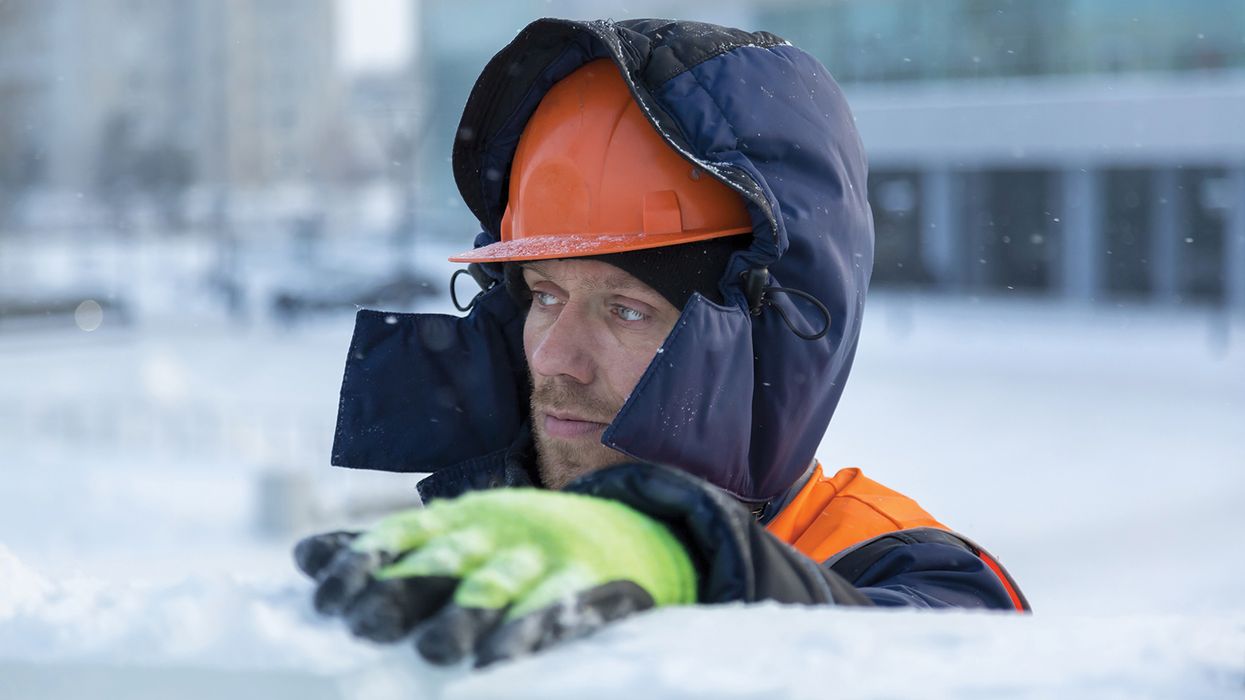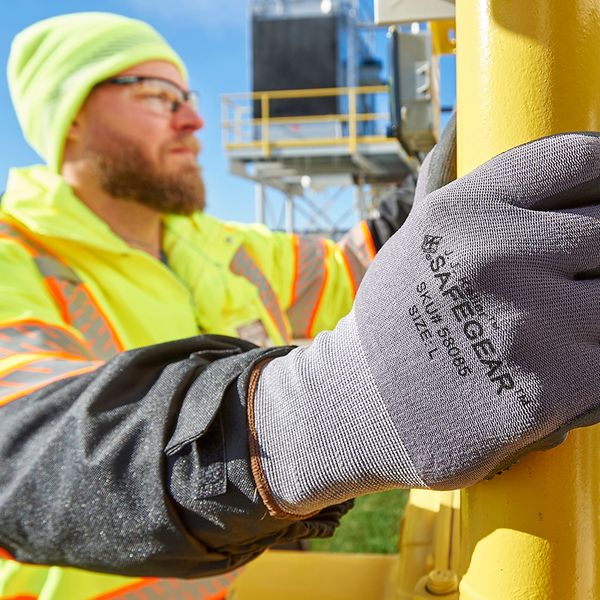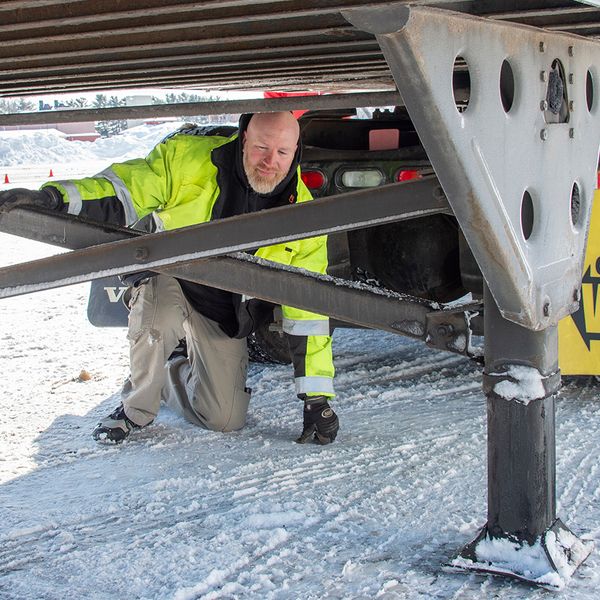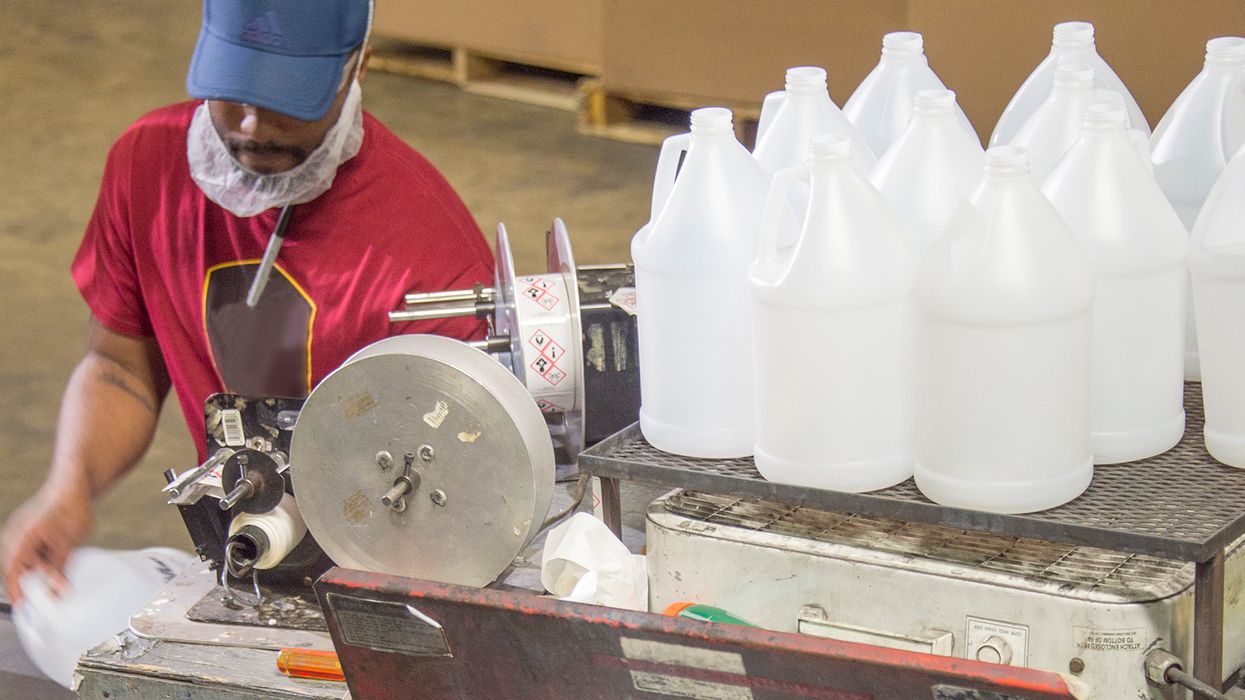Don't stress about cold-related injuries and illnesses
In many parts of the country this time of year, cold weather has taken hold. Most of your workers may be required to work outdoors in cold environments for extended periods until the structure is ready to work inside. Cold stress occurs by a drop in skin temperature and, eventually, the internal body temperature.
Risk factors that contribute to cold stress include:
- Wetness or dampness (even from body sweat);
- Wind chill;
- Dressing improperly;
- Exhaustion;
- Predisposing health conditions (e.g., hypertension, diabetes, and hypothyroidism); and
- Poor physical conditioning.
In a cold environment, most of the body’s energy is used to keep the internal core temperature warm. Over time, the body will begin to shift blood flow from the extremities (hands, feet, arms, and legs) and outer skin to the core (chest and abdomen). This shift allows exposed skin and extremities to cool rapidly and increases the risk of serious cold-related injuries and illnesses.
Cold-related injuries and illnesses
The most common types of cold-related injuries and illnesses are hypothermia, frostbite, and trench foot.
Hypothermia
Hypothermia occurs when body heat is lost faster than it can be replaced, and the normal body temperature (98.6°F) drops to less than 95°F. Hypothermia happens at very cold temperatures, but it can occur even at cool temperatures (above 40°F) if a person becomes chilled from rain, sweat, or submersion in cold water.
Frostbite
Frostbite is caused by the freezing of the skin and tissues. Reddened skin develops gray/white patches in the fingers, toes, nose, or ear lobes; tingling, aching, a loss of feeling, firmness/hardness, and blisters may occur in the affected areas. Frostbite can cause permanent damage to the body, and in severe cases, can lead to amputation. The risk of frostbite increases in workers with reduced blood circulation and for those who are not dressed properly for extremely cold temperatures.
Trench foot
Trench foot is a non-freezing injury of the feet caused by prolonged exposure to wet and cold conditions. It can occur in temperatures as high as 60°F if feet are constantly wet. The injury occurs because wet feet lose heat 25-times faster than dry feet. Symptoms include reddening skin, tingling, pain, swelling, leg cramps, numbness, and blisters.
Preventing cold stress
Although OSHA does not have a specific construction standard that covers working in cold environments, under the Occupational Safety and Health Act (OSH Act) of 1970, employers have a duty to protect workers from recognized hazards, including cold stress hazards, that are causing or likely to cause death or serious physical harm in the workplace.
Part of that protection includes training workers on:
- How to recognize the environmental and workplace conditions that can lead to cold stress;
- The symptoms of cold stress;
- How to select proper clothing for cold, wet, and windy conditions; and
- How to prevent cold stress.
Project management should:
- Acclimatize new workers and those returning after time away from work by gradually increasing their workload, as they build up a tolerance for working in the cold environment;
- Continually monitor the worker’s physical condition;
- Schedule frequent short breaks in warm, dry areas to allow the body to warm up;
- Schedule work during the warmest part of the day;
- Require workers to work in pairs so that they can monitor each other for signs of cold stress;
- Provide warm, sweet beverages; and
- Provide engineering controls such as shelters, shields, and radiant heaters.
Safety measures such as these should be incorporated into your project health and safety plan.


















































